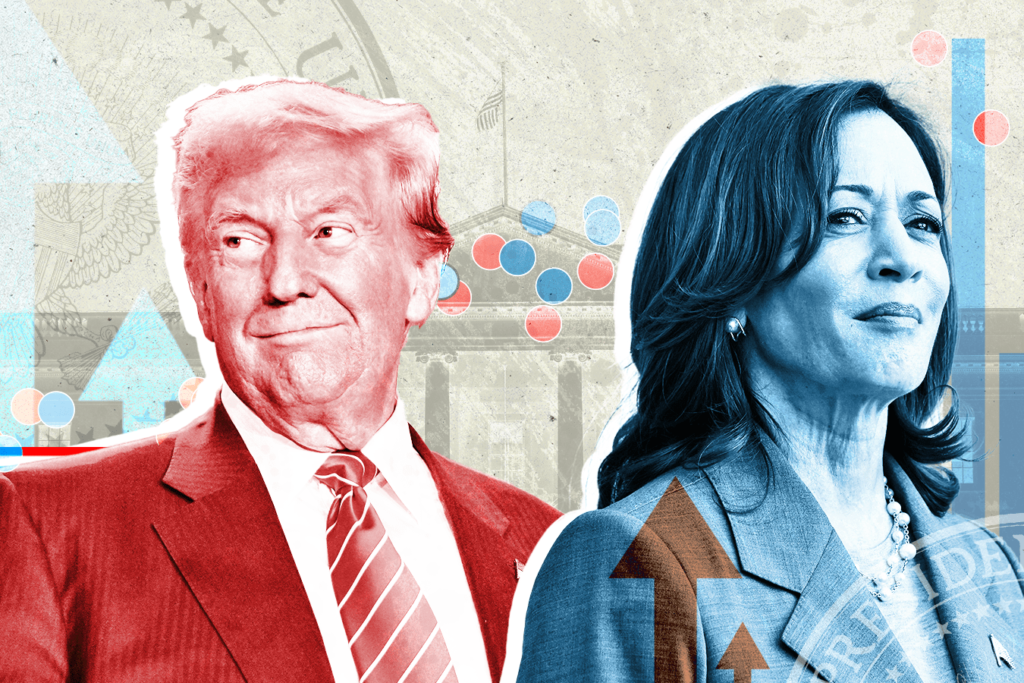The Dollar Index appears to be in a phase of consolidation, hovering around critical technical levels as it anticipates the commencement of a new medium-term trend. Maintaining its position near the 200-day moving average and trading around the 103 level for the past eight days, the DXY is exhibiting signs of stability. About a month ago, a similar consolidation at this level preceded a substantial 2.9% decline in the dollar.
The ability of the dollar to rebound and retest previous levels suggests robust support, preventing the DXY from falling below 100. The approach to this level has consistently attracted buying interest over the past year. Notably, during the last consolidation, the 50-day moving average transitioned from being a resistance to acting as support, signaling bullish indicators for the dollar and indicating potential further growth.
Despite these positive factors, the dollar faces long-term pressure, evident in two consecutive lower annual highs. Historical patterns show that the dollar tends to decline when the Federal Reserve is either preparing to ease or initiating easing measures in a growing economy. The movements of the dollar over the past two years fit within a triangular pattern, bounded by 100 on the lower end and 104 on the upper end. The resolution of this triangular pattern, expected potentially next week during the Fed meeting and the monthly employment report, could mark the beginning of a multi-month move. In a bullish scenario, a breakout could lead to a rise as high as 115 (+11%), while a bearish scenario may result in a decline to 90 (-13%). Until a decisive breakout occurs, the market remains susceptible to changing sentiments.







